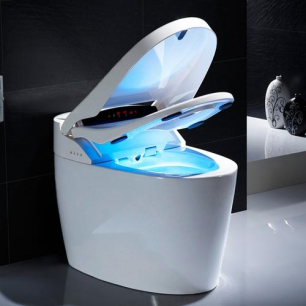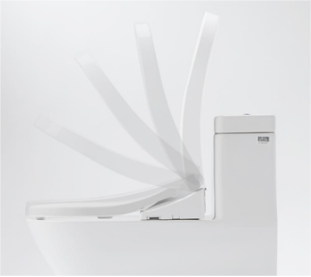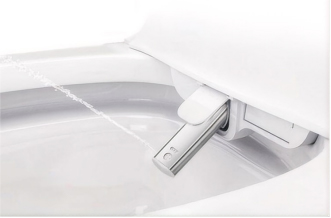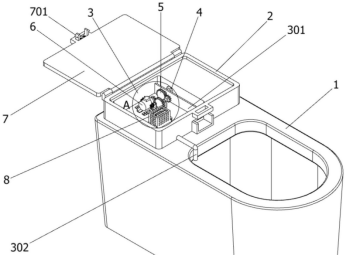With the continuous advancement of technology, smart homes have become an integral part of modern life. Smart toilets, a popular smart home product, are beloved by consumers for their efficiency, comfort, and convenience. The use of servos in smart toilets opens up endless possibilities. This article will explore the applications and advantages of servos in smart toilets.
What is a servo?
A servo, as a position (angle) servo driver, is itself a small servo motor system with a closed-loop control system. Compared to a geared motor, a servo can achieve precise angle adjustment and speed control directly through its built-in controller, controlling the motor drive circuit.
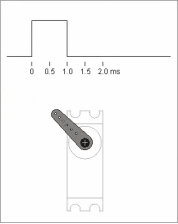
In smart toilets, servos are primarily used for the following two functions: Automatic opening and closing of the toilet lid:
DSpower currently offers two different solutions for implementing the flip-lid function in smart toilets:
1、 Flip-lid motor: This solution simply takes the motor and reduction gearbox components of the servo and creates a reduction motor with a self-locking design to achieve the same functionality as the flip-lid motor. This solution requires minimal modifications and fully utilizes the existing servo structure.
2、 Flip-lid servo: This solution adds a self-locking design to the existing servo, controlling the flap angle via a PWM pulse width signal and automatically locking when the desired position is reached. This solution offers a short development cycle, mature technology, a high degree of integration, and simple control.
In addition, the high-strength and impact-resistant servo enhances the durability and stability of the smart toilet, ensuring the automatic opening and closing lid can withstand long-term use and diverse environments.
Spray gun angle control:
The spray gun is a crucial component of a smart toilet. Controlled by a servo, the angle and height of the gun can be flexibly adjusted, enhancing overall cleaning effectiveness. The high-precision servo ensures precise spray placement, while the waterproof servo ensures trouble-free operation, guaranteeing the stability and durability of the smart toilet.
The servo can also be used to implement other additional functions, such as adjusting the seat angle, controlling the water level, and enabling automatic flushing. These functions can all be controlled by the servo.
With the continuous advancement of technology and the improvement of people’s living standards, the prospects for the smart home market are becoming increasingly broad. As an important component of smart homes, the development of smart toilets will also accelerate. As a key control system, servos will play an even more important role in smart toilets.
In the future, with the continuous advancement and innovation of technology, we can foresee that servos will have more application scenarios in smart toilets, such as realizing more complex cleaning modes and a more user-friendly user experience.
Post time: Aug-06-2025

